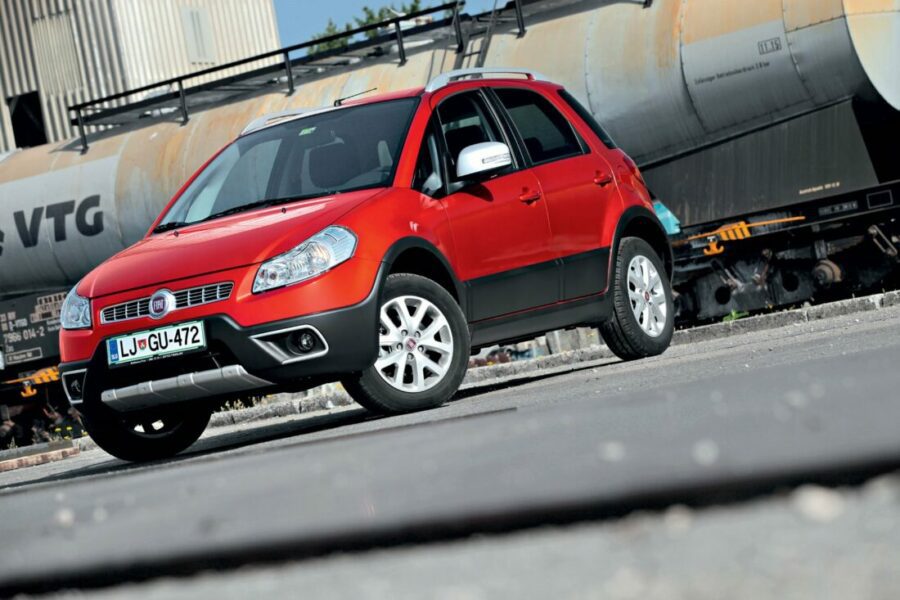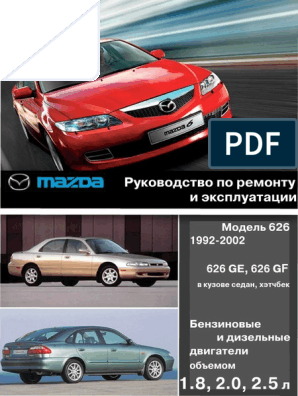
Тест Kratek: Fiat Sedici 2.0 Multijet 16v 4 × 4 Emotion
We already know sedation pretty well. Fiat opted for a pretty strong advertising campaign as it was unveiled shortly before the Turin Olympics, where it raced as an official car. The mentality and perception of the car market among the Japanese and Italians are completely different, so it is all the more surprising that they got their hands on Sedici. Namely, the car is the product of Italian designers (Giugiaro) and Japanese technology and design (Suzuki).
As a reminder, Suzuki made a track in our market with the SX4 because Fiat was late. But they had a trick up their sleeve, as only Fiat could get a diesel version of that car.
The previous 1,9-liter diesel has been replaced by the new 2.0 Multijet engine. The engine now delivers 99 kW of power and an enviable 320 Nm of torque at 1.500 rpm. In practice, this means that you can overtake, for example, without hesitation and twisting the gear lever too much. Even uphill. Just take a look at our flexibility measurements.
But back to the numbers game ... The Sedica diesel is over 4.000 Euros more expensive than gasoline (with Emotion equipment). And leaving aside the potential for car resale, Euro-tax and maintenance costs, it will take a huge number of kilometers before a diesel bill is billed. Of course, it should be noted that we did not take into account all the advantages of diesel engines over gasoline ones. So just math.
However, Sedici tends to be quite wallet friendly in terms of service. Suzuki's proven technology, good workmanship and satisfactory materials ensure low maintenance costs.
While it still looks like a typical Fiat on the outside, the story ends on the inside. What kind of label or button resembles Italian design, everything else is the fruit of the idea of Suzuki people. Salon neat, ergonomic and comfortable. The rather large glass surfaces create a feeling of airiness, and the materials are pleasant to the touch.
The workmanship is also commendable, as there are no cracks and crevices, as well as a feeling of fear that the button will remain in the hand. The levers on the steering wheel are a little thin, and the distances between the switches are very short. The on-board computer is a force to be reckoned with, button access on meters is difficult, and switching functions one way is time consuming. It's worth mentioning that it doesn't have daytime running lights, so let the switch turn on in blood as quickly as possible on each ignition. The opening and closing of windows is also partially automated, as a single press of the button only opens the driver's window (while the button must be held down to close).
Sitting is optimal if your body is not above or below average. Tall people can find it difficult to sit under the ceiling and the steering wheel is only adjustable in height. There is ample space on the back bench and access is also facilitated by the large enough doors. The base boot volume is 270 liters, which is not for a large bell. When we lower the rear bench, we get a satisfying 670 liters, but still with a not quite flat bottom.
Working with a six-speed transmission is a force to be reckoned with. The obedient transmission is perfectly balanced with the transmission. This works according to a system that turns on the rear wheelset only when needed. However, with a simple push of a button, we can completely limit it to just the front pair of wheels and perhaps save a few drops of oil.
In fact, the Sedici is a soft SUV. This means that we easily roll up the asphalt and “cut off” the slippery meadow. Moreover, neither the body, nor the suspension, nor the tires allow this. However, the car offers a good compromise between comfort and cornering handling. It's actually amazing that, despite its high center of gravity, it handles corners with such little lean.
As already mentioned, the diesel engine in the nose is drawn on the sheet of this car, as you will easily follow the fast pace of movement. But you have to play with the numbers to get the correct calculation. One that suits your family budget. Four thousand euros is a lot of money.
Text: Sasa Kapetanovic
Fiat Sedici 2.0 Multijet 16v 4×4 Emotion
Basic data
Technical information
| engine: | 4-cylinder - 4-stroke - in-line - turbodiesel - displacement 1.956 cm3 - maximum power 99 kW (135 hp) at 3.500 rpm - maximum torque 320 Nm at 1.500 rpm. |
|---|---|
| Energy transfer: | the engine drives all four wheels - 6-speed manual transmission - tires 205/60 R 16 H (Bridgestone Turanza ER300). |
| Capacity: | 180 km/h top speed - 0-100 km/h acceleration in 11,2 s - fuel consumption (ECE) 7,0/4,6/5,5 l/100 km, CO2 emissions 143 g/km. |
| Mass: | empty vehicle 1.425 kg - permissible gross weight 1.885 kg. |
| External dimensions: | length 4.230 mm – width 1.755 mm – height 1.620 mm – wheelbase 2.500 mm – trunk 270–670 50 l – fuel tank XNUMX l. |
Our measurements
| T = 15 ° C / p = 1.023 mbar / rel. vl. = 43% / Odometer Condition: 5.491 km | |
| Acceleration 0-100km: | 10,3s |
|---|---|
| 402m from the city: | 17,4 years ( 130 km / h) |
| Flexibility 50-90km / h: | 7,0 / 11,1s (IV/V) |
| Flexibility 80-120km / h: | 9,6 / 12,4s (Sun./Fri.) |
| Maximum speed: | 180km / h (WE.) |
| test consumption: | 6,4 l / 100km |
| Braking distance at 100 km / h: | 41,8m |
| AM table: | 41m |
evaluation
If you are looking for a small city SUV, fully meet its needs. If you also drive many kilometers, consider whether it's worth paying extra for an (otherwise great) diesel engine.
We praise and reproach
engine (responsiveness, agility)
ease of transmission control
hinged four-wheel drive
price difference between petrol and diesel versions
on-board computer
main trunk volume
